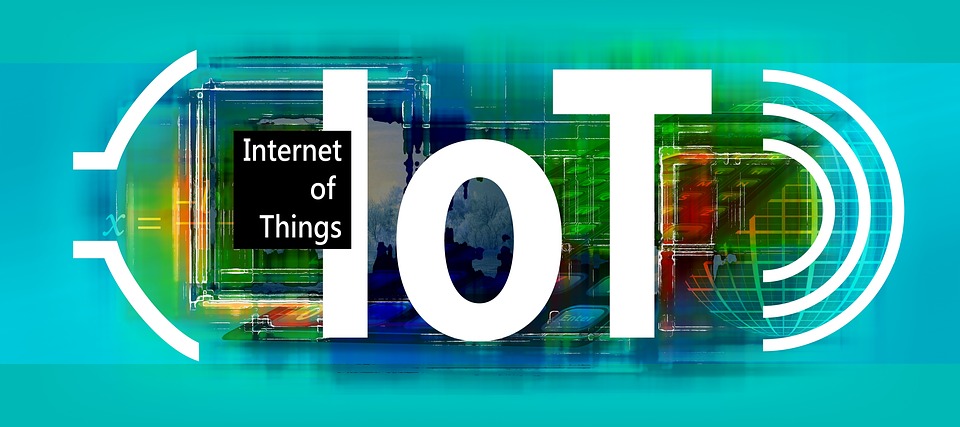Technology is going hyper-local, thanks to the advent of edge computing, which enables data processing from Internet of Things (IoT) devices closer to the site of its creation, instead of passing data along lengthy pathways to data centers or clouds.
As internet-connected devices only become more prolific, both for consumers and commercial IoT devices, the data collected is rife with insight for businesses to better understand the users of those devices. In fact, Gartner anticipated a 31 percent increase of these devices between 2016 and 2017, bringing the total of connected “things” to 8.4 billion.
One of the key benefits of connected devices is a company’s ability to leverage the data generated to understand risks, improve inefficiencies, and even implement safeguards. However, when data must be routed away from the site and processed later, some of that benefit may be lost. For example, an IoT device can take the place of a human employee for dangerous roles, like monitoring systems for safety. Without edge computing, data from the smart device is still routed to a centralized location before processing, resulting in a latency that could allow time for damage or failure. But with edge computing, that data can be mined right on site (the edge, as it were), cutting time and improving opportunities for more immediate data to inform actions that can cut costs, improve safety, and minimize damage.
Edge computing also keeps company data off the public internet, guaranteeing faster delivery and higher security with decentralized data locations.
While storing data at the site can be more secure, the device itself, which stores the data, may be more vulnerable to attack if the appropriate encryption, access points, and the device’s virtual private network are not correctly designed with edge computing integration. This means that while making the transition to edge computing may be an easy organizational decision, setting up should not be taken lightly, as expert understanding is paramount to established an edge computing environment that will offer the organization security, speed, and data storage that will benefit the company.
To retain their competitive edge, many companies are already turning toward edge computing. According to a report from IDC, spend on edge infrastructure is expected to near 18% of the total IoT infrastructure spend. The increasingly prevalent use of IoT devices, drive for faster processing, pressure on networks, and drive to cloud adoption are all likely drivers of this focus.
According to Forbes contributor Jon Markman, Edge Computing is the future, and likely an inevitable one as an increase in connected devices and their data drag on today’s data storage systems. Stay ahead of the curve and prepare for the future today by moving to edge computing for your IoT network.
Are you ready to make the move to the edge? If your company is planning to integrate your IoT devices with Edge Computing or you want to better understand what Edge Computing could do for you, connect with us using the contact form below.
Sources:
- https://www.networkworld.com/article/3224893/internet-of-things/what-is-edge-computing-and-how-it-s-changing-the-network.html
- https://www.i-scoop.eu/internet-of-things-guide/edge-computing-iot/
- http://www.iotevolutionworld.com/fog/articles/436552-how-will-iot-edge-computing-change-business-2018.htm
- https://www.gartner.com/newsroom/id/3598917https://www.idc.com/research/viewtoc.jsp?containerId=US43161517
- https://www.forbes.com/sites/jonmarkman/2018/04/03/this-is-why-you-need-to-learn-about-edge-computing/#299f749e1a56
The differences between TechGenies and other choices for IT staffing are profound.
Higher quality, speed of delivery, and lower costs are just the beginning.
We look forward to hearing from you.
Fill out the form and our team will be in touch with you promptly. Thank you for your interest!
info@techgenies.com
www.techgenies.com


